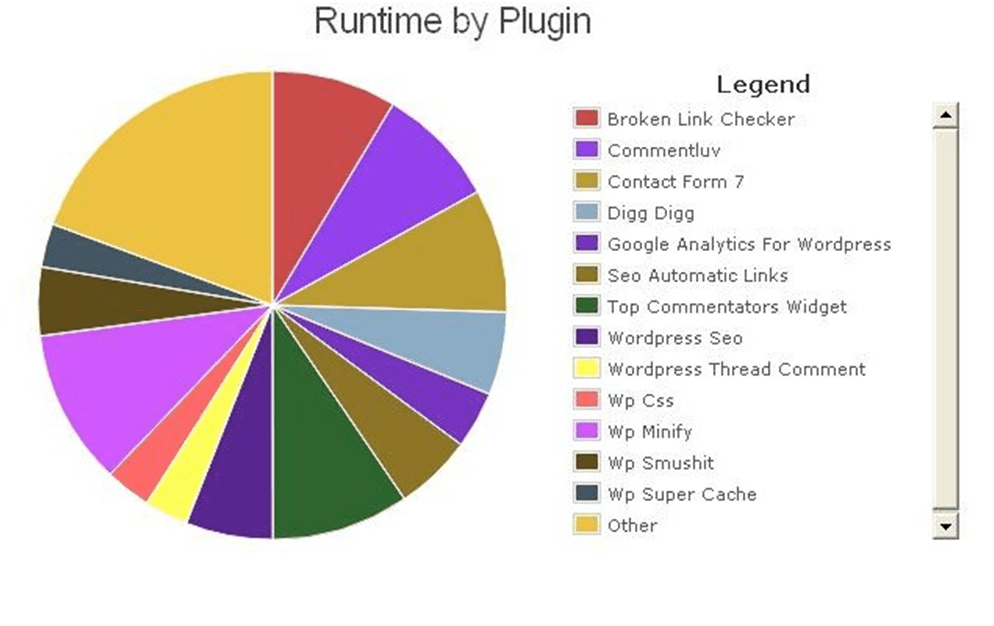
Site Performance Determining The Blocking Factor.
3 February 2022An inherent part of website usability is the page load time. Site Speed is a factor that most webmasters ignore merely because they think that it is not that important. But, that’s a huge mistake on their part.
Faster website improves user experience and hence directly affects the bounce rate as well as the returning traffic. If you are targeting global audience, you should know that they are using different types of internet connections – some are fast and some are slow. Those with high internet speeds don’t care much about the site load time because almost every websites loads in a matter of seconds. However, those with slower internet connection, each byte downloaded is precious. Therefore, the goal should be to reduce the site load time by tweaking and optimizing the website.
Table of Contents
Google Also Recommends Faster Websites
As you might know, google has included site speed as a part of their search algorithm. This was done by google for the same reason – website usability. They also believe that a good website should be fast loading in nature. Therefore, they have provided tools to check site speed such as google analytics and some other firefox plugins. This helps you find the bottlenecks such as SQL Queries, DNS Lookups etc.
Plugin Performance
Similar to the tools provided by google, godaddy has launched a wordpress P3 Plugin Profiler. This ingenious tool generates “creates a profile of your WordPress site’s plugins’ performance by measuring their impact on your site’s load time”. In layman terms, it finds the speed bottlenecks.
It generates virtual traffic for the website and measures the performance of each plugin and stores them in the results file. You just have to click on “Start scan” and it will do all the work automatically by loading multiple pages of the website.
It displays a pie chart of the average total time taken by each plugin. Here is what my website’s test results looked like:

As you can see, you can easily visualize which plugins are consuming more time and hence, you can act on it by:
1. Removing the plugin
2. Replacing it by another plugin which consumes less time.
3. Using a code snippet which has the same functionality as that of the plugin.
It’s a pretty cool plugin and has a lot of advanced features such as detail stats and timeline. You should give it a try!

















